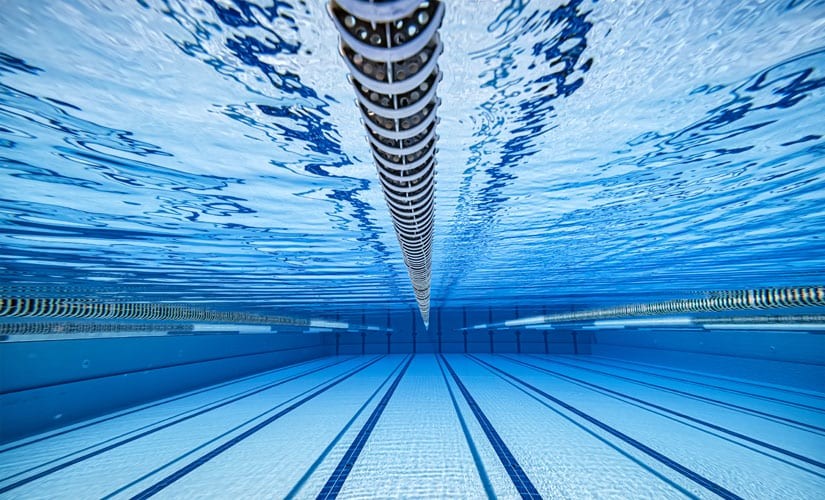
Adapted from Phil Hardesty’s original article
As the heat of summer is expected to continue, we can keep enjoying the warm waters of our beautiful Hawaii nei. The great news is that swimming is also great for healthy arteries.
Swim for Your Heart
Consider the results when a team in China tested the effects of a swimming program on a group of overweight and sedentary young men. They met three times a week, beginning with a five-minute stretch on land. They kicked for five minutes in the water and swam for 30 minutes, including the front crawl and breaststroke. The men achieved 50 percent of their peak desired heart rate in the first two weeks, and between 65 and 80 percent afterwards. The routine ended with a 10-minute cool down and five-minute stretch.
After eight weeks, according to a December 2016 report in Biomedical Engineering, the young Chinese swimmers had lost body fat. They also improved on key measures of heart health: arterial stiffness, blood pressure, and blood to the brain. They also continued to lose body fat over the next month. At Ornish Lifestyle Medicine, we teach participants in our nine-week program to reach for exactly these “moderate intensity” heart rates.
More Flexible Arteries
Many heart patients who find it difficult to exercise have stiff arteries. You’ve seen an old stiff garden hose—that’s exactly what happens to arteries as we age if we don’t work out. Exercise makes arteries expand and contract, helping them stay flexible.
Swimming trains the body to use oxygen more efficiently. You’ll use your arms, legs, and other muscle groups in a coordinated way. It combines both cardio and light strength-training. You’ll even use muscles—for example, in the shoulders and chest—that often go idle during a normal day and even in many fitness programs. Water is also gentle on the joints, which may make swimming enjoyable even if you have painful or limiting arthritis or back problems. Swimming can also burn a surprising amount of calories. Add up those benefits and you’ll clearly see that swimming may extend your life.
Get Outdoors
Whenever you can, choose outdoor swimming. Exercise in natural settings promotes serenity and can be a great healer when you’re feeling lonely or isolated. For many of us, water is especially soothing. Try yoga or meditation at the beach for a taste of the peace you’d like to bring to your daily life.
Swim in the ocean. If your stroke is reasonably strong, the ocean offers an invigorating encounter with a tide, waves, and an enormous sky.
Sand Yields and Rewards
Any exercise you do on land—squats, walking, jogging, lunges, and push-ups—is more rewarding on sand. Sand gives when you lean into a squat, for example, so you’ll burn more calories and need better balance and muscle strength to push up than you would on land. Sand volleyball, football, or soccer are especially challengin–and fun. The best part is you get to jump into the water afterwards!
‘Ekahi Health, a member of the ‘ike family of companies (www.ikehawaii.com), is an innovative healthcare delivery organization that provides comprehensive community-based care focusing on primary care and prevention and wellness. It was the first organization to offer the Ornish program to the people of Hawaii.
The ‘Ekahi Ornish Program was offered by ‘Ekahi Health—which provides comprehensive community-based care focusing on primary care and prevention and wellness. Learn more about the ‘Ekahi Wellness Program